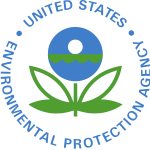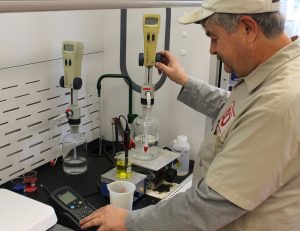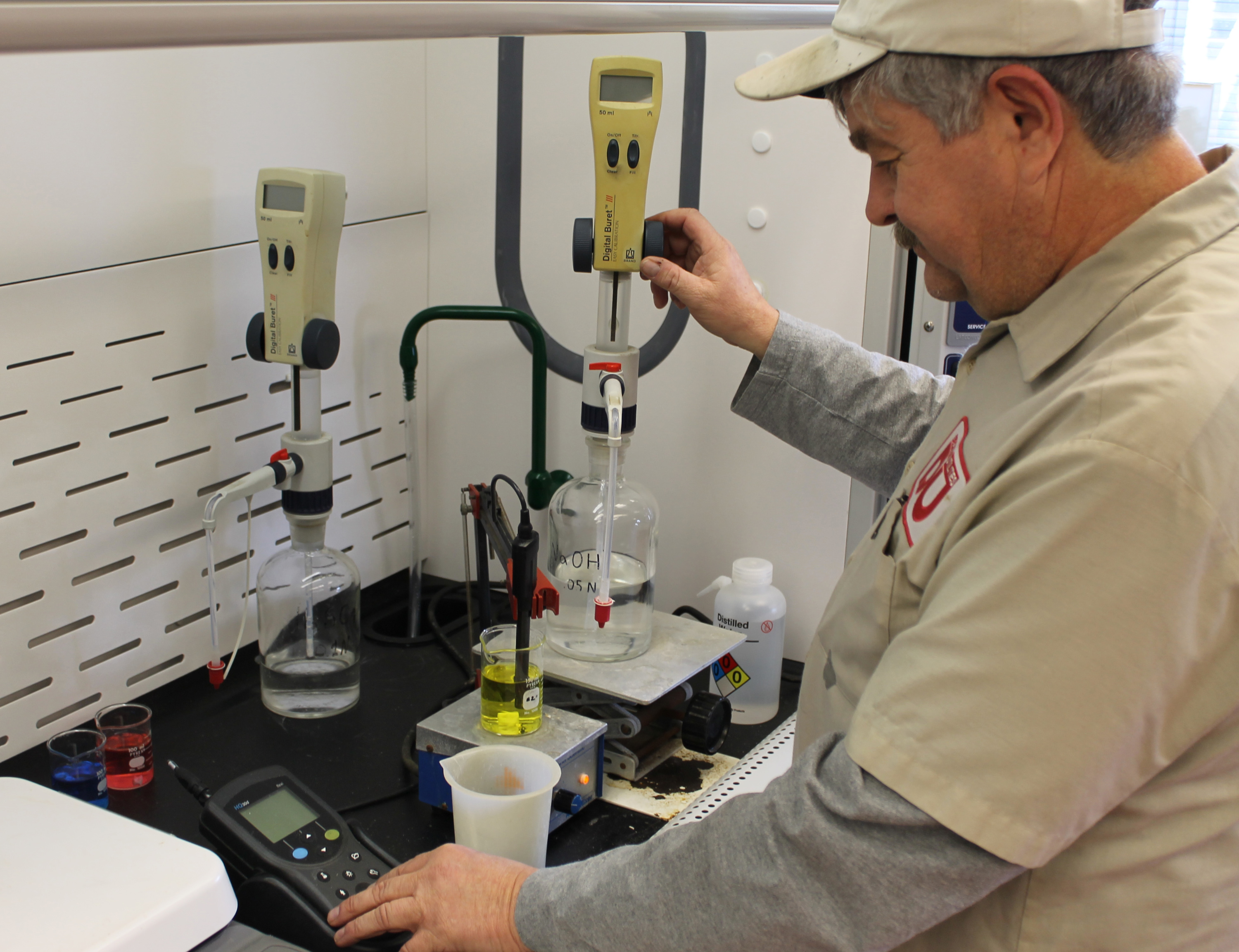More than 2000 industrial facilities nationwide are subject to stormwater monitoring and control requirements under the U.S. Environmental Protection Agency (EPA) Multi-Sector General Permit (MSGP). Ahead of an update to the permitting program expected in 2020, EPA enlisted researchers from the National Academies for Sciences, Engineering, and Medicine to highlight weak points in the existing MSGP program and suggest ways to strengthen them.
The research committee’s recommendations, released Feb. 20, focus on standardizing monitoring and reporting requirements for permittees, distancing the program’s scope from a “one-size-fits-all” approach, and updating protocols to capitalize on new technologies and research breakthroughs.
“In general, the adoption of new knowledge into revisions of the MSGP program has been slow, but the program should not be a static enterprise,” said Allen P. Davis, chair of the National Academies committee responsible for the report, in a statement. “Both permitted facilities and the nation’s waters would be best served by a progressing and continuously improving MSGP based on focused data-gathering efforts and analysis of new data, advances in industrial stormwater science and technology, and structured learning.”
Common metrics build consistency

A report released by the National Academies for Sciences, Engineering, and Medicine and funded by the U.S. Environmental Protection Agency (EPA) outlines several ways EPA could improve upon its Multi-Sector General Permit (MSGP) program for industrial stormwater discharges. Click here to access the report.
While the MSGP was designed to provide generalized industrial stormwater management guidelines to various sectors, accounting for a growing list of sector-specific pollutants has led to inconsistent regulatory application since EPA first implemented the MSGP program in 1995, the report says.
EPA could help ensure that all permittees undergo appropriate scrutiny by requiring facilities in all sectors to monitor their stormwater discharges for pH, total suspended solids (TSS), and chemical oxygen demand (COD) at minimum, according to the report. In addition to indicating whether on-site stormwater controls are working as intended, gathering this information from facilities in multiple sectors would provide EPA with baseline data to help advise future MSGP updates.
The research committee also recommends that EPA shift the way it determines the level of regulation that an industrial facility faces based on the chemicals it uses, its history of compliance, and its potential to cause environmental harm. It proposes four distinct tiers of regulatory requirements, including
- inspection only, which would waive all ongoing monitoring requirements for low-risk industrial facilities as long as they pass standard inspections;
- industry-wide monitoring only, a designation that requires permittees to monitor only pH, TSS, and COD;
- benchmark monitoring, which would involve meeting sector-specific pollutant limits in addition to pH, TSS, and COD; and
- enhanced monitoring, subjecting repeat permit offenders or high-risk facilities to more frequent and robust monitoring and sampling requirements.
Adapting regulations to new information
Further, the report suggests ways EPA can incorporate the latest science to ensure the MSGP standards account for new information about the risks of sector-specific pollutants.

Recommendations described in the report focus on ways the MSGP can standardize pollutant monitoring and reporting requirements for industrial facilities that handle a broad range of potentially harmful substances. The report proposes new ways to integrate the latest science and technology into regulations as well as a new classification system for permittees based on their risk of causing environmental damage and history of compliance. Joe Holmes/Decatur (Ala.) Utilities.
One way is for EPA to implement a formalized, periodic review process that uses such sources as industry fact sheets, published scientific literature and industrial data, and advances in monitoring and reporting technologies to adjust sector-specific thresholds based on newly understood health or environmental risks.
For these sector-specific pollutants —55% of current MSGP permittees must manage such pollutants — EPA’s benchmark-setting process should also adapt its thresholds to the latest toxicity criteria for aquatic life. Given the often short-term or intermittent nature of stormwater events, sector-specific pollutant thresholds also should reflect the long-term environmental effects of small exposures, according to the report.
Other MSGP recommendations from the National Academies include
- creating incentives for industrial facilities that capture and reuse stormwater in ways that do not affect groundwater health;
- extending industrial monitoring requirements to non-industrial facilities that pose similar runoff pollution risks but are not currently subject to the MSGP, such as school bus depots and fueling facilities;
- allowing composite sampling rather than grab sampling for pollutants not affected by storage time; and
- establishing a training or certificate program to ensure people monitoring and collecting industrial stormwater samples understand best practices and the facility’s unique regulatory responsibilities.
EPA did not ask the research committee to estimate the financial costs of its recommendations. For more information, read Improving the EPA Multi-Sector General Permit for Industrial Stormwater Discharges on the National Academies for Sciences, Engineering, and Medicine webpage.




